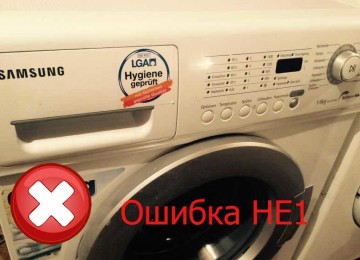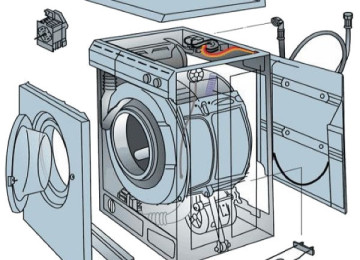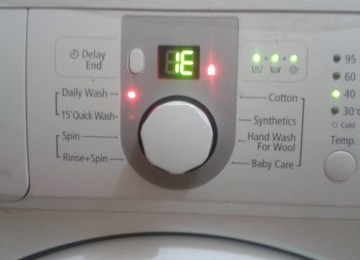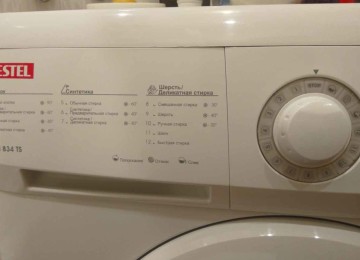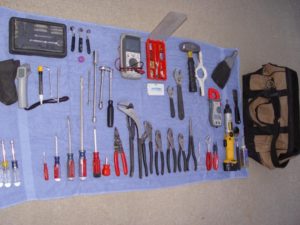 Owners any and all automatic washing machines periodically encounter breakdowns of varying degrees of severity. Most often, to solve the problem, they call a specialist or contact service centers. There is logic in this approach, but most of the problems can be corrected on your own. This is really possible, all you need is a good tool for repairing washing machines, knowledge and, of course, desire.
Owners any and all automatic washing machines periodically encounter breakdowns of varying degrees of severity. Most often, to solve the problem, they call a specialist or contact service centers. There is logic in this approach, but most of the problems can be corrected on your own. This is really possible, all you need is a good tool for repairing washing machines, knowledge and, of course, desire.
Master's Tool
Many of those who have had the opportunity to call a repair specialist to their home have witnessed a scene in which a repairman, using only an “arsenal” that fits into a small suitcase, easily disassembles the device and replaces the failed part. An experienced specialist knows exactly what to take with him on a call and rarely makes mistakes.
All the tools that are in the treasured suitcase can be divided into standard and special. The first group is a classic locksmith set. Regarding the latter, these are various mechanisms and devices that are necessary to perform specific operations. Such a tool can be bought in specialized stores or made independently.
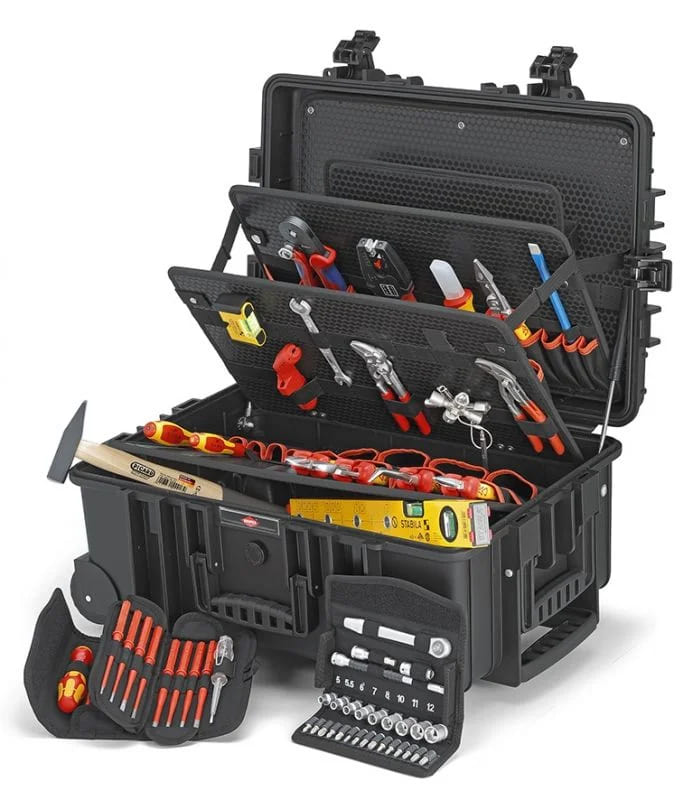
Basic repairman kit
This tool is necessary for those who do not plan to engage in professional maintenance of household appliances, but intend to Fix minor breakdowns of your own washing machine with your own hands. Most often, a similar set is already available in a home workshop or garage.
Screwdrivers
There is hardly any need to explain why a screwdriver is needed; it is used to unscrew screws that have corresponding grooves or recesses in the heads. To repair washing machines, you will need several pieces of different sizes and shapes. The most popular types of working tools are:

- flat;
- cruciform;
- star.
Set of wrenches
Using wrenches, unscrew the nuts and unscrew the hex head screws. For washing machine repair you don’t need to buy an expensive set; it’s better to choose several running wrenches, based on the fasteners used in a particular model.
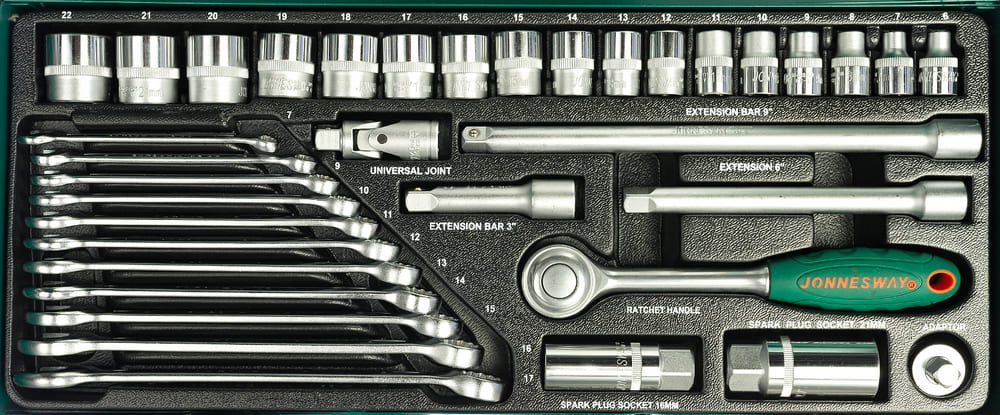
Pliers and pliers
This tool is indispensable in cases where you need to firmly clamp, hold, or bend something. Depending on the task at hand, large pliers or pliers are used, often with a narrow and elongated working part.
Auxiliary tool
It is convenient to work with wires using tweezers. It’s worth purchasing at least one, or better yet several in different sizes and shapes. Repairing the electrical component of a washing machine is impossible without a sharp knife; sometimes scissors may be required.
To ensure maximum convenience, you should stock up on a mirror with a long handle.You can buy a ready-made one, but it is much easier to make it yourself, for example, from a used bicycle or motorcycle mirror.
A flashlight is a must. For those who plan to carry out repairs only in the house, a portable lamp is enough. In any case, the light source must be bright and have a reflector that allows you to illuminate the desired area.
Among other things, during repairs of any level of complexity you cannot do without the following:
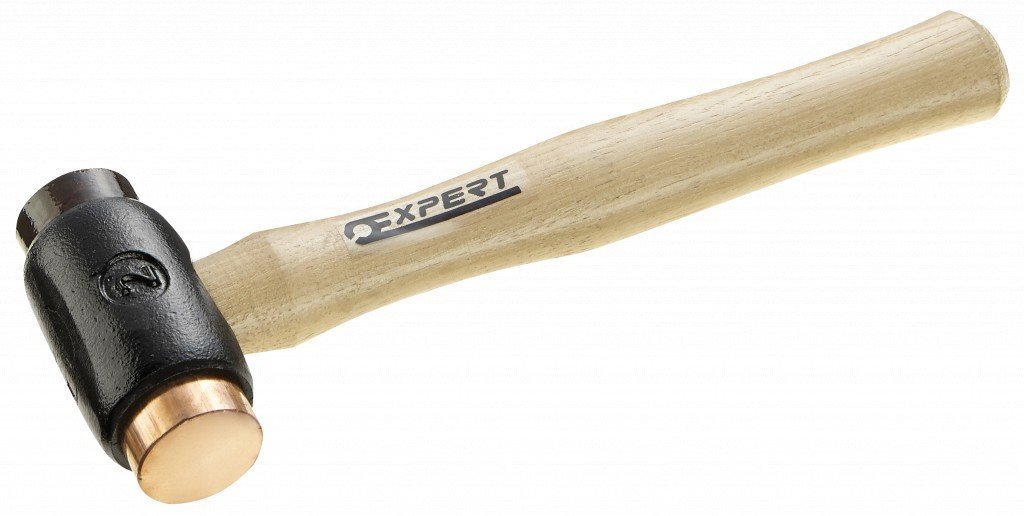
- hammer (regular and wooden);
- metal ruler;
- hacksaw for metal.
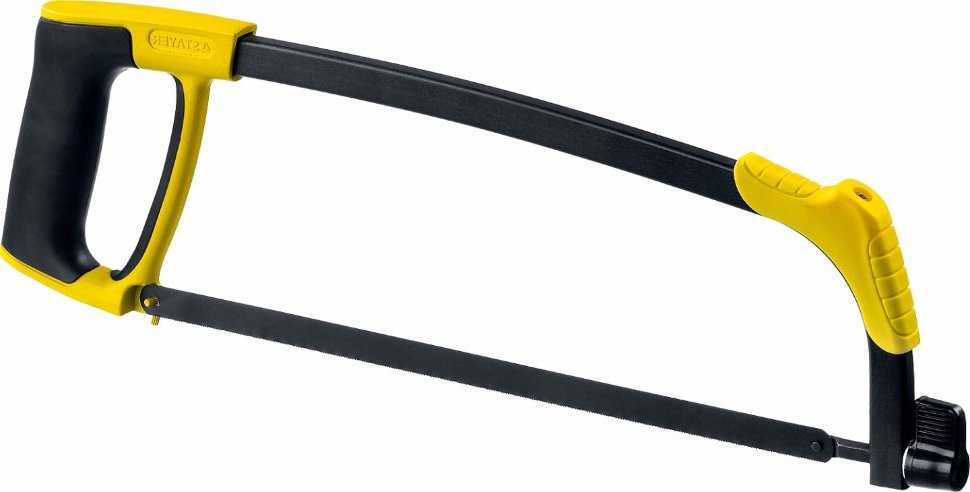
A useful thing in case of repairs related to complete or partial disassembly of the washing machine will become a small magnet attached to the end of a telescopic pointer or a radio antenna. With its help, it is easy to remove screws, nuts, and small parts that have fallen inside the washing machine body.
Set of tools for working with electricity
Since a washing machine is primarily an electrical appliance, repairing it cannot be done without a small set of electrician tools. To solder circuit elements, you will need a soldering iron with solder. Since the wiring fragments are connected to each other using connecting blocks, special pliers will be required. It’s not difficult to buy such a tool, but at home you can get by with a simple homemade product of a similar purpose. This is a fairly simple device; outwardly it looks like a metal rod to which the working part (a plate with cuts in the shape of a block) is soldered or welded.
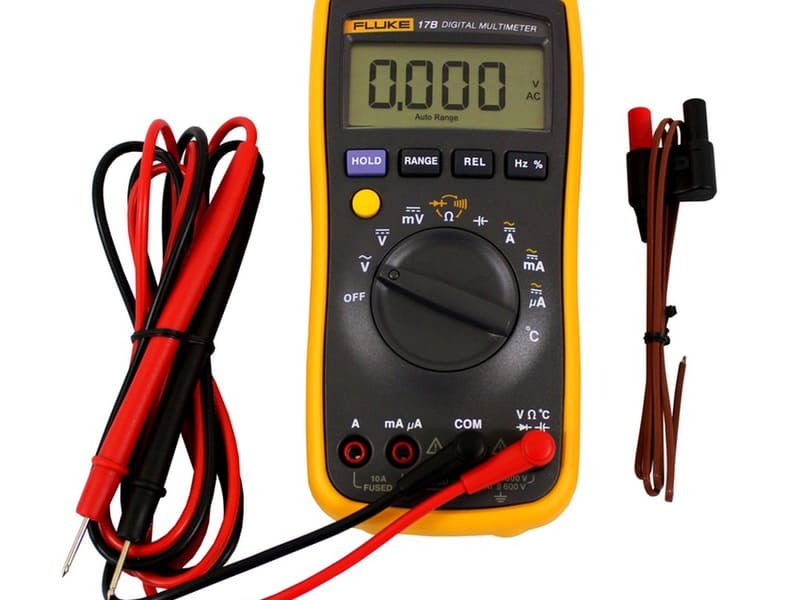
An indispensable tool when repairing the electrical part of a washing machine will be multimeter. It is not necessary to buy a professional device; a simple household device is enough. He will help:
- detect a broken wire;
- make sure the heating element is working;
- check the motor windings;
- “ring” the pump circuit;
- check the temperature sensor;
- identify failed elements of the control module.
Special tool
Most often, the above is quite sufficient, but sometimes specific devices are required. Anyone who is thinking about what tools are needed in a home workshop can be advised to stock up on a set of running pullers and special pliers for removing spring clamps. It will definitely not be possible to carry out a number of repair work without these devices.
A common reason for major repairs is bearing failure. This is a difficult situation. To replace it, you will need to completely disassemble the device, the tank is in most cases non-separable, and the bearings have “grown” into their seat over the years of operation.
To replace the bearings, you will need a tool that can be used to cut the tank (hacksaw, jigsaw, grinder) and special pullers for removing old bearings. Screw-type pullers are available for sale, but you must pay attention to the fact that most of them have restrictions on the diameter of the bearings.
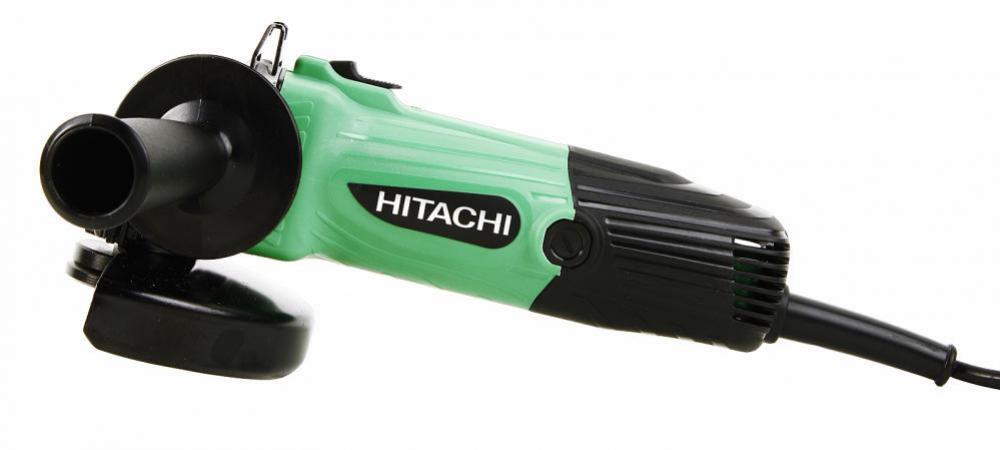
Required Supplies
In addition to the tool, you should always have a small set of consumables on hand. For the most part, they are universal, therefore, they will not become superfluous in the house. Among other things, you will need:
- silicone sealant;
- waterproof glue;
- electrical tape or heat shrink tubing;
- rubber for gaskets;
- clamps of different diameters;
- penetrating lubricant (WD-40 or analogues).






